Want to visit the Abruzzo in Italy? Discover the must-see sites of this region among the greenest in Europe!
With no less than five National parks , the Abruzzo region is a vast protected area in the heart of central Italy. From the mountains of the Apennins to the coast of the Adriatic Sea, the territory has to satisfy desires of nature and cultural discoveries. Its vast natural space has a very rich fauna and flora.
In the small villages of the hinterland, we enjoy discovering ancestral traditions and medieval vestiges. A stay in the Abruzzes will fill the lovers of hiking, historical heritage and small ports of charm. To not spoil anything, know that you eat deliciously well throughout the region!
Are you wondering what must be visited in the Abruzzo? Follow our selection of 11 places to see absolutely during your stay!
1. Sulmona
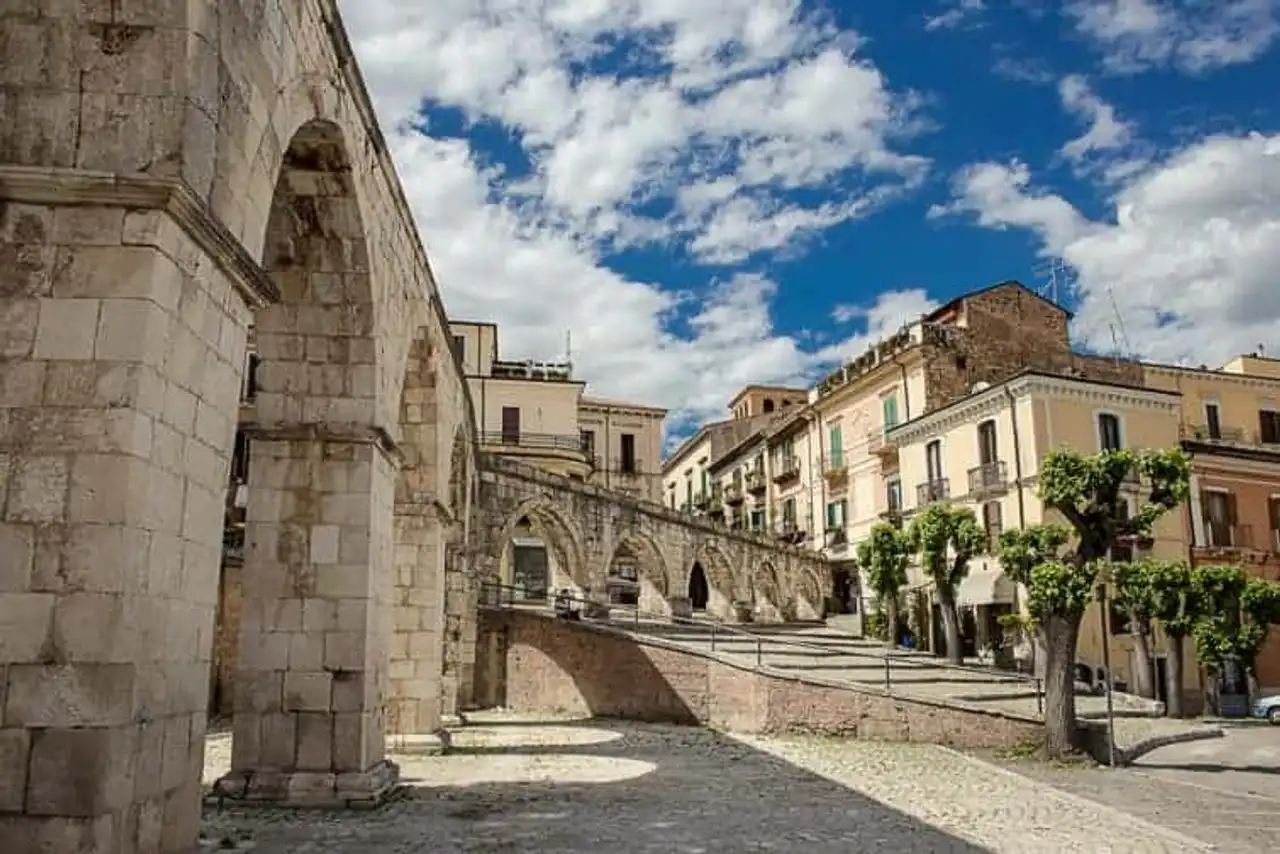
Photo credit: Shutterstock – TTL media
Paisible medieval town surrounded by mountainous mountains, Sulmona, city of the poet Ovide , is also the capital of the confetti. This candy, similar to the dredged ones, is very popular during the holidays in Italy. If you are with your family and ask yourself to do in the Abruzzo, let yourself be guided by the smell of delicious candy: you will certainly fall on Pelino, the most famous factory in the city!
Welcoming and attached to its traditions, Sulmona is also known for its 12th century aqueduct, its San Panfilo Cathedral and Garibaldi Square. Its streets are conducive to strolling and it's good to have a drink on market days. In the immediate vicinity, the Celestine Abbey of the Holy Spirit deserves a visit for its restored church and baroque halls.
Finally, Sulmona is an ideal starting point for exploring the Majella Park and the Abruzzo National Park.
2. Complesso della Santissima Annunziata
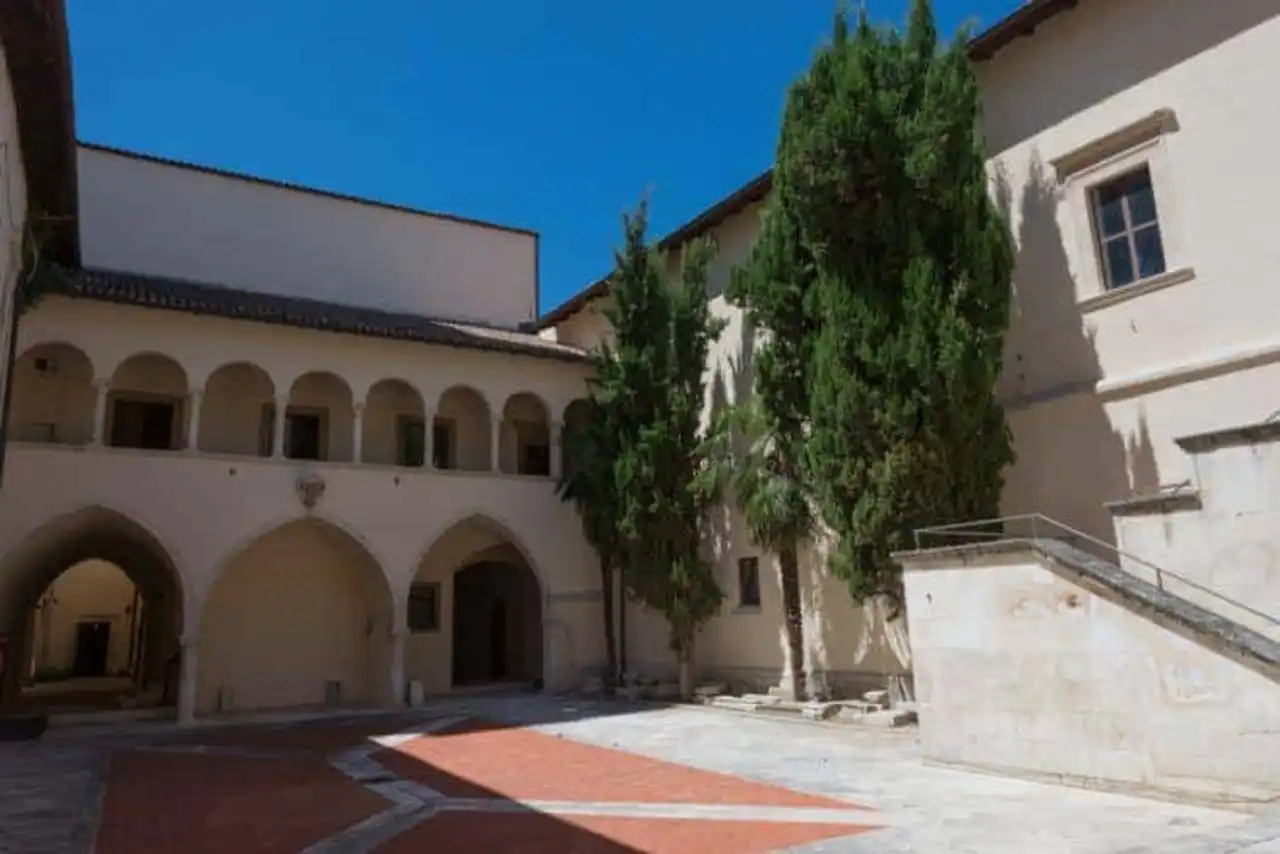
Photo credit: Shutterstock – SerFeo
This monumental set illustrates four centuries of history and artistic expression in Sulmona. The church and the hospital were built in 1320 by the secular confreria of the Pénitents for assistance. The hospital then became one of the most important in the kingdom of Naples .
The architecture of the monument is a synthesis of Gothic, Renaissance and Baroque elements. The palace includes an extraordinary frieze representing hunting scenes.
3. Gran Sasso National Park and Laga Mountains
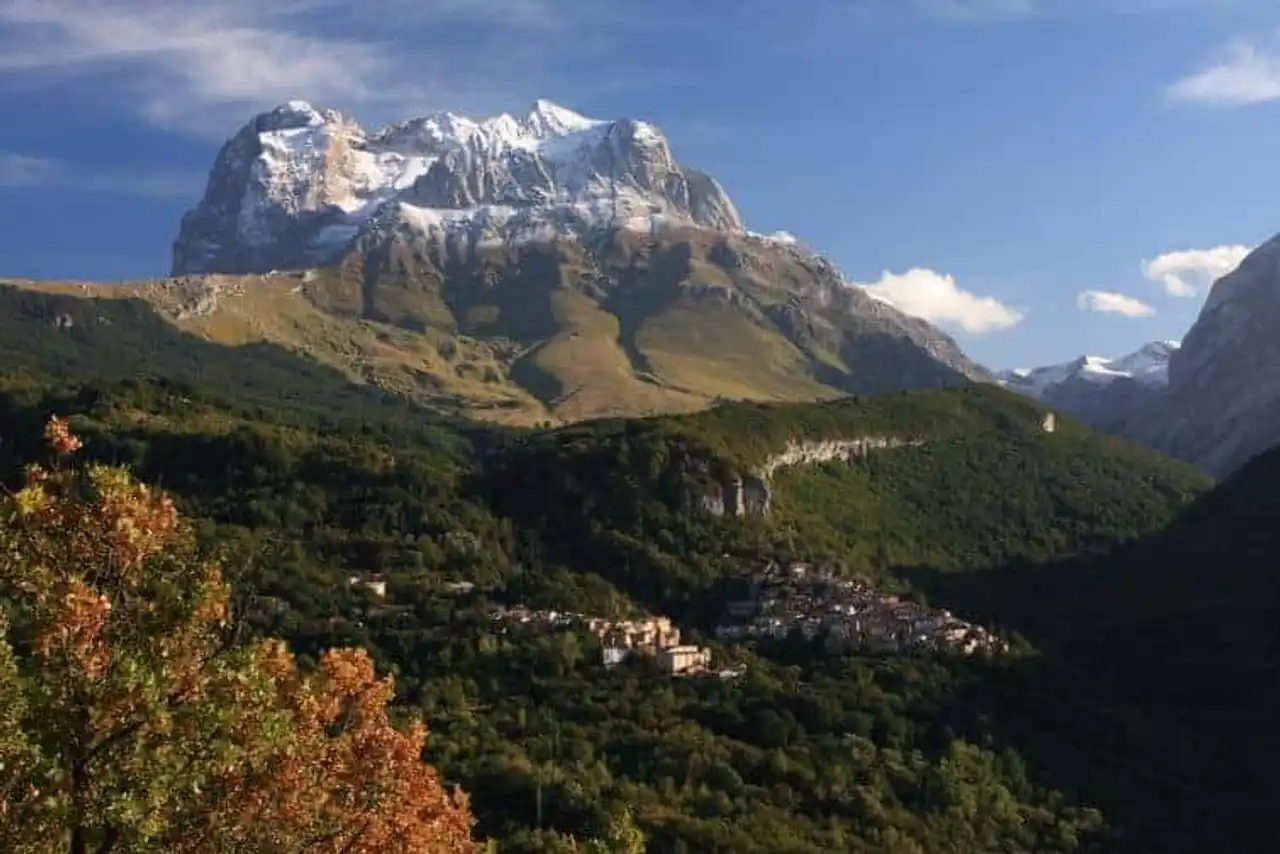
Photo credit: Shutterstock – Flavio Bonaduce
Visiting the Abruzzes is above all going through vast green spaces. In this area, Gran Sasso Park offers multiple trails. The National Park, created in 1991, encompasses the highest Abruzzo massif, with a peak point on the Corno Grande, at 2,912 metres.
The Gran Sasso stands in steep slopes and majestic peaks from which one can admire the Adriatic Sea and a large part of central Italy. Many hikes allow you to enjoy the high plateaus, such as Campo Imperatore.
In this place with strange beauty, which is called “he piccolo Tibet”, herds of sheep and horses walk. The Laga Mountains are characterized by their forests, waterfalls and small lakes. More than 2,000 plant species are present in the national park. The shepherds have always occupied the area and there are many refuges, cave churches, and farms.
4. Ceramic Museum in Castelli

Photo credit: Shutterstock – Gimas
Located on the north side of the National Park of Gran Sasso e Monti della Laga, the village of Castelli has been known since the 13th century for its richly decorated majolic faience. You will have a remarkable glimpse of its ceramics by visiting the church of Saint-Donat, but especially at the museum of Ceramics. Slightly away from the village, this former Franciscan convent of the seventeenth century presents the productions of the greatest ceramic masters of Castelli.
5. Abruzzo National Park, Lazio and Molise
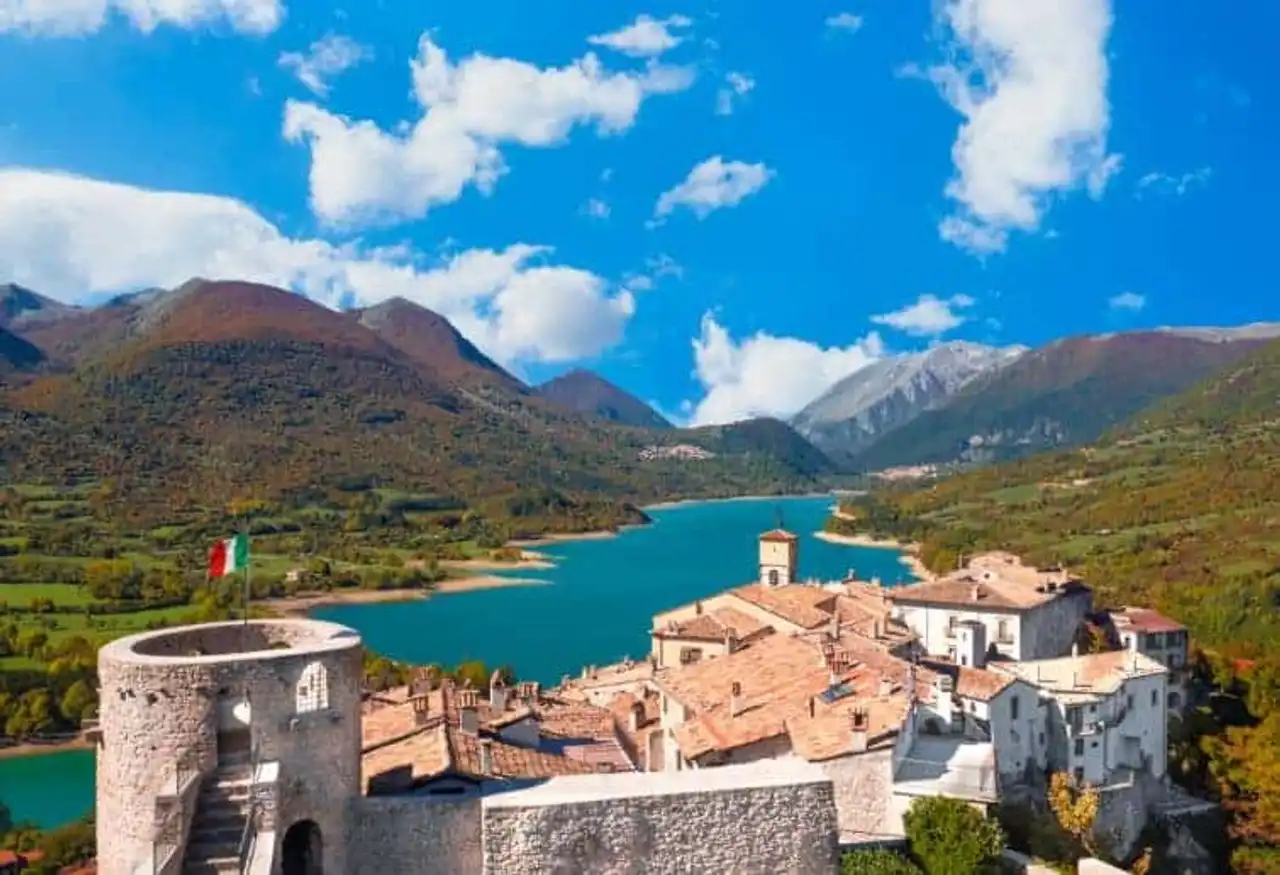
Photo credit: Shutterstock – ValerioMei
It is one of the green lungs of Europe and also one of the oldest protected parks in the continent. Established National Park in 1923, it covers 50,000 hectares, in the heart of the Central Enpennin. Its 160 trails attract crowds of hikers. If you come to visit the Abruzzes for the walk, you will therefore have a lot of content!
On the way, you will cross over 300 species of birds, 150 endemic plants, beech forests, white maples, birch, ants, oaks and black pines. In this lush vegetation, streams and streams cross the valleys.
To enjoy tips and topoguides for your hikes, go to the visitor center of the Bear in Villavallelonga. The place also collects injured wild animals such as bears, wolves, chamois, deer or eagles.
6. Ortona
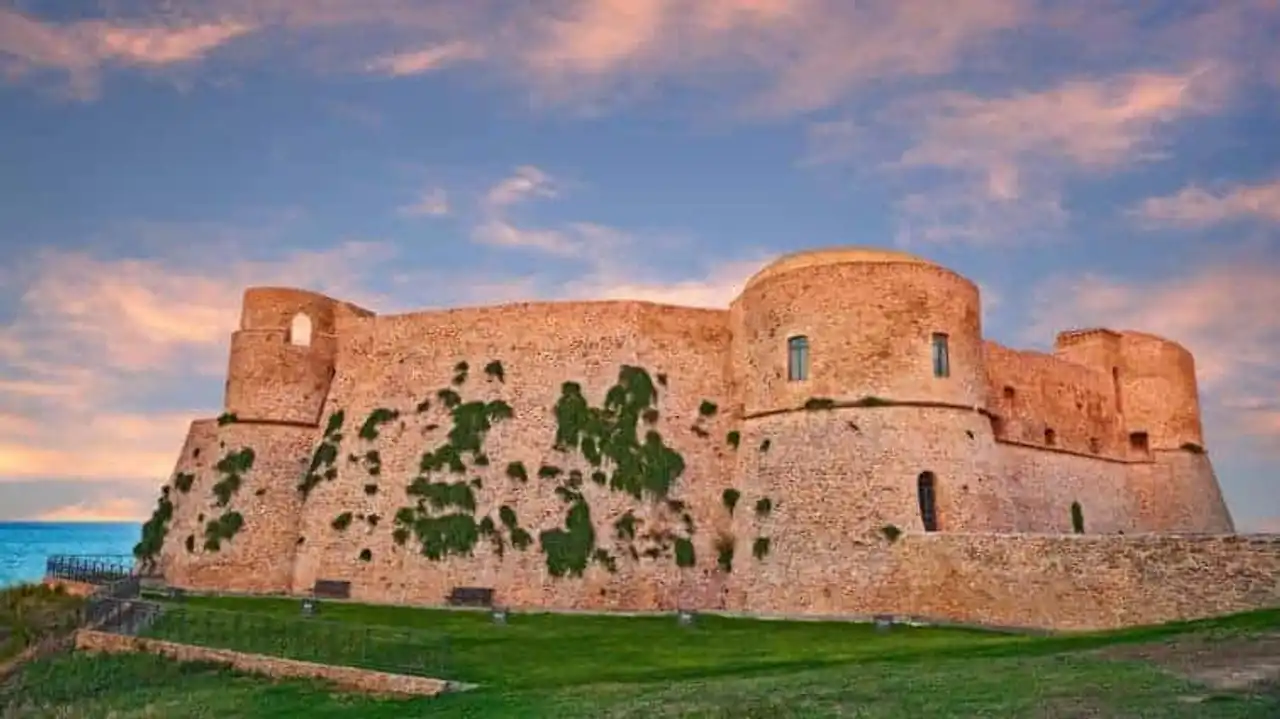
Photo credit: Shutterstock – ermess
Looking for curiosities to visit in the Abruzzo? Meet Ortona! This small town in the province of Chieti has the particularity of having an unlimited wine fountain... and free!
The village is built in a balcony on the sea, which gives it charm, especially since it has a rich historical and religious heritage. The pilgrims come in numbers to visit the Cathedral of San Tommaso from Rome , for this is where the relics of Saint Thomas are from the Middle Ages.
It is for them and for hikers that the wine fountain was created. So it would be very bad to come with the aim of getting drunk from morning to night!
7. Vasto
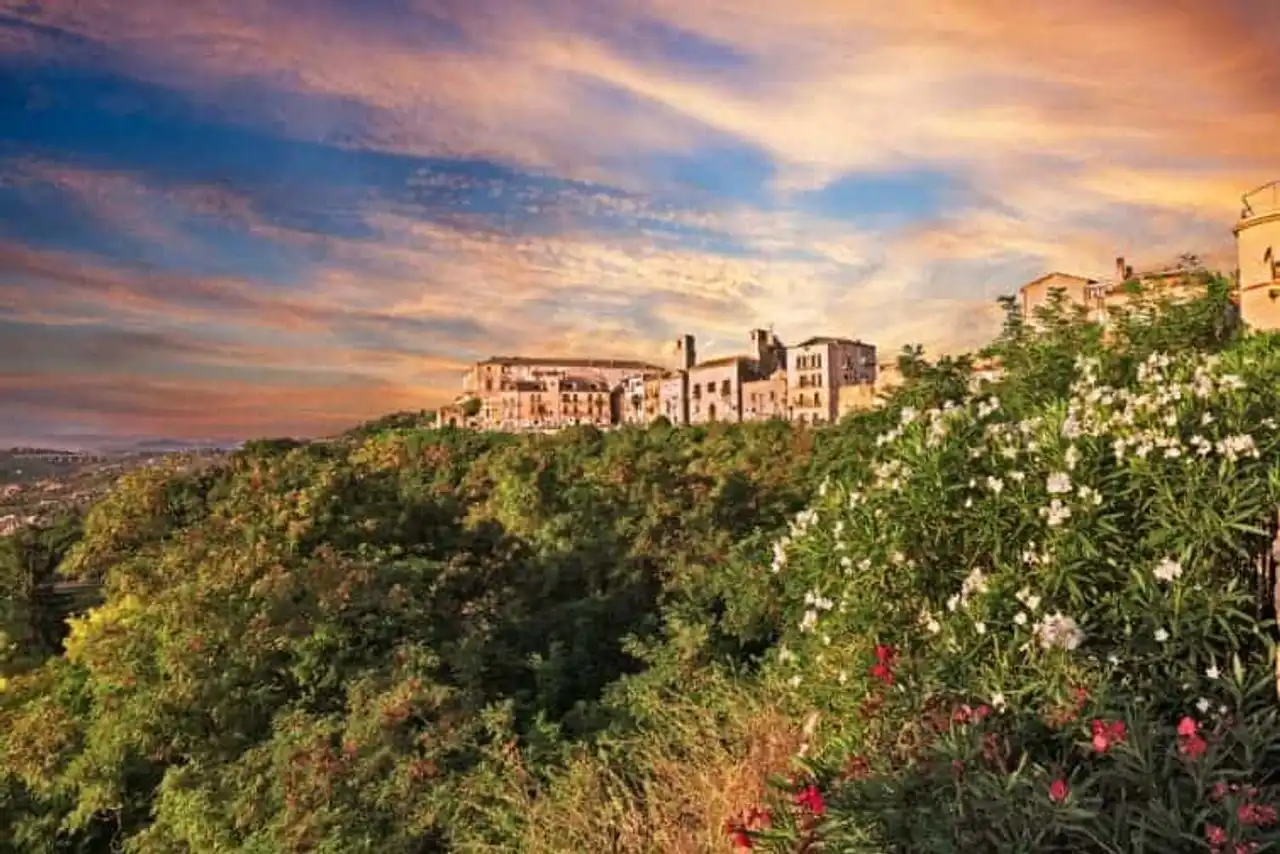
Photo credit: Shutterstock – ermess
Vasto is another coastal Italian city in the province of Chieti. Here, the old town has kept a lot of hiding, with its medieval center. Piazza Rossetti and its castle of Caldoresco are worth a visit. Perched on a hill, it also enjoys beautiful panoramic views of the Adriatic Sea and beaches where it makes good to swim.
Be careful, if you come to visit the Abruzzo for the calm that reigns there, know that here, the beaches are packed with holidaymakers in the middle of the season. On the other hand, if you ask yourself to do in the Abruzzo with children, then Aqualand Park close to Vasto is an ideal activity for refreshing and having fun!
8. National Archaeological Museum of Abruzzo
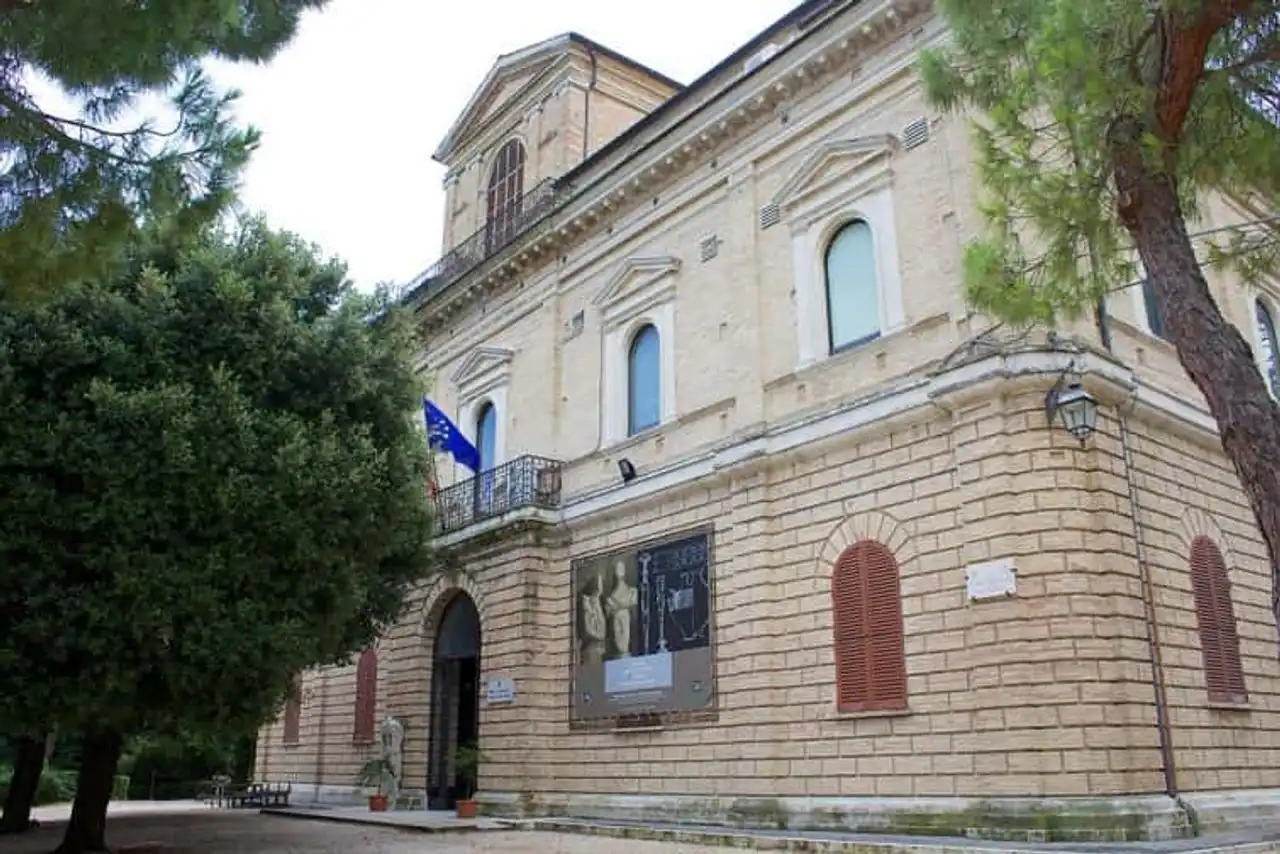
Photo credit: Wikipedia – Incola
Originally, the Abruzzo region was inhabited by many tribes, such as the Sabins, the Samnites or the Marrucini... The National Archaeological Museum of the Abruzzos (MANDA) of Chieti presents in detail these peoples, their precise location, their weapons and their precious objects, from the protohistory to the end of the Roman period.
It also contains a numismatic collection from the fourth to the nineteenth century. But the masterpiece of the museum is undoubtedly a stone statue, named "the Capestrano warrior" and tall by more than 2 meters!
9. The Abbey of San Giovanni in Venere
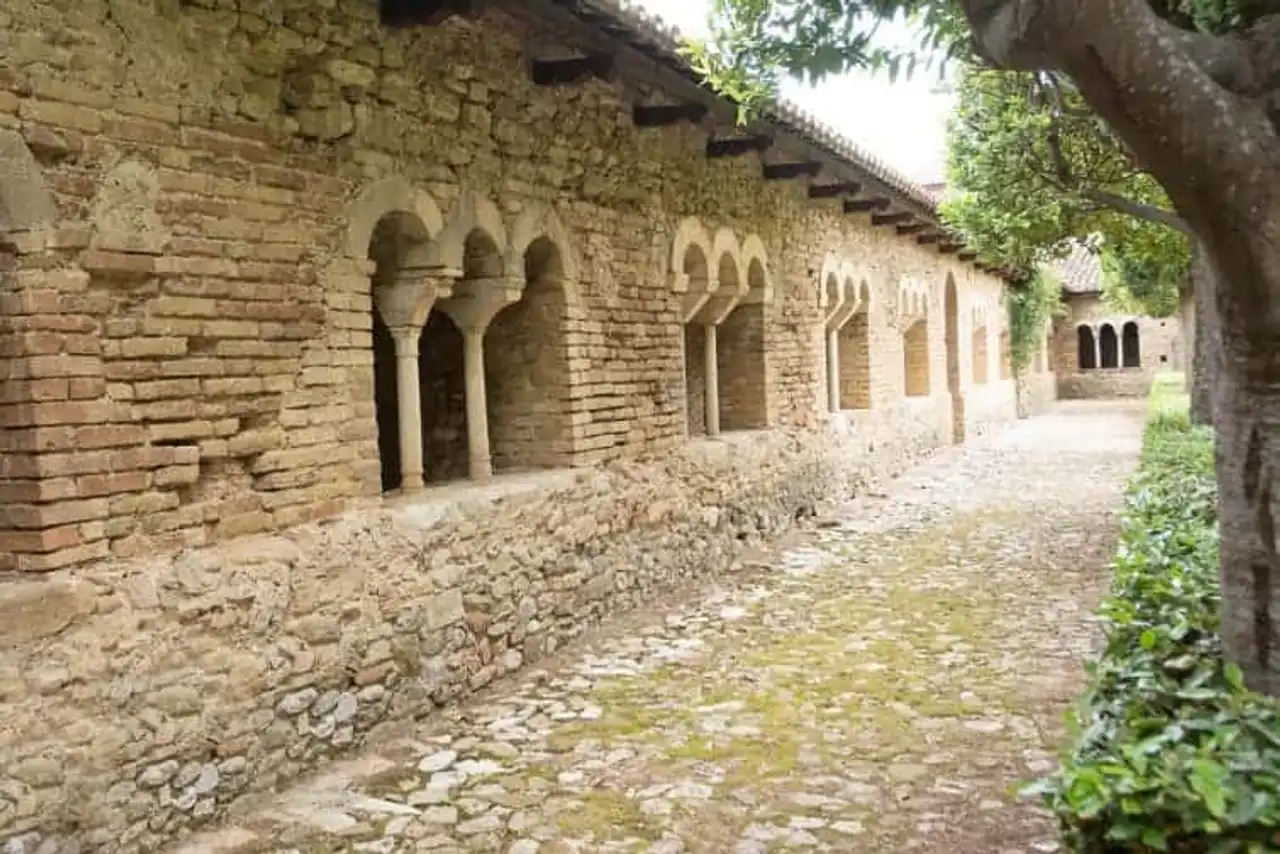
Photo credit: Shutterstock – Angelo D’Amico
This former Benedictine abbey is located in Fossacesia, Chieti province. In excellent condition, it offers the peculiarity of having an elevated choir. The flowered cloister is a place of peace, conducive to meditation.
The crypt, which has been restored for some years, highlights magnificent religious frescoes. The abbey extends through a pleasant walk to the viewpoint offering a panoramic view of the Adriatic Sea and Vasto in the distance.
10. Museo delle Genti d’Abruzzo
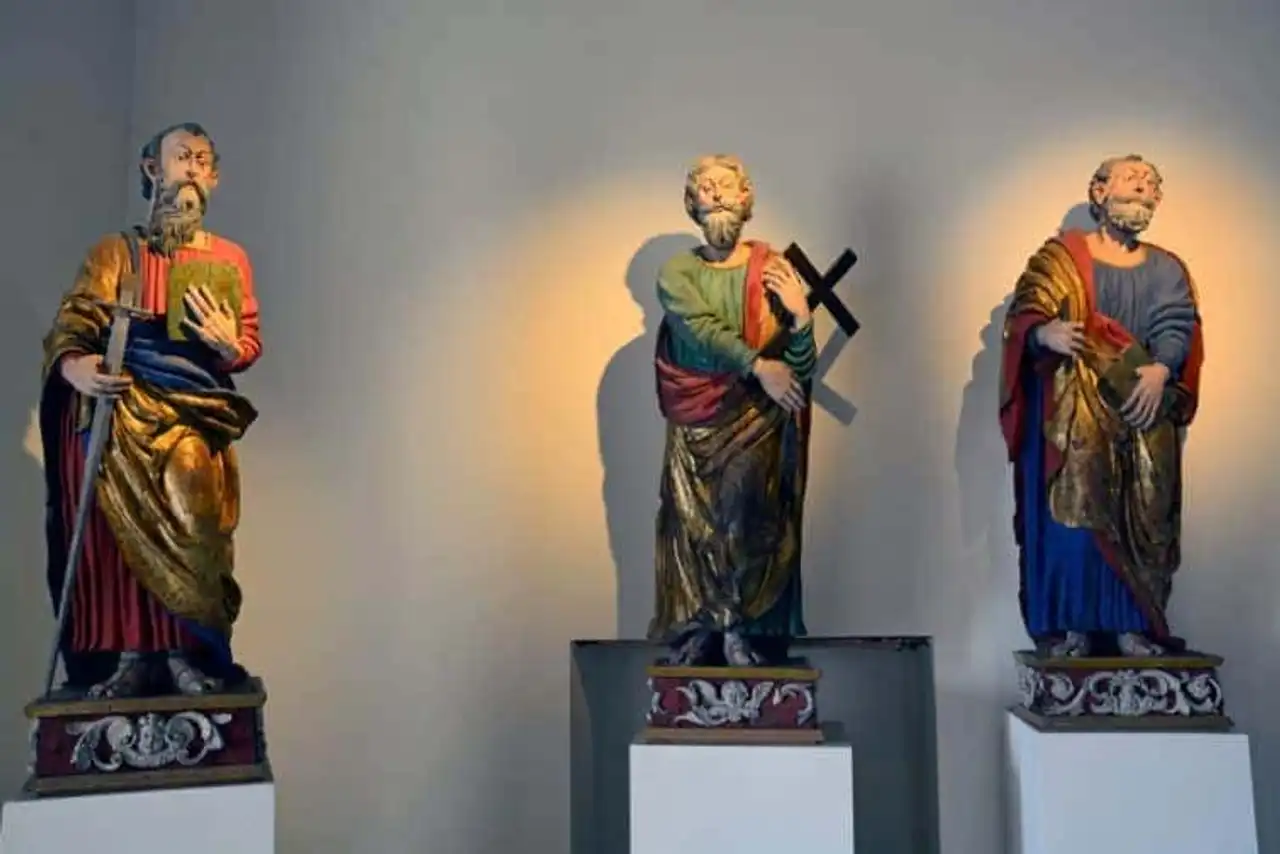
Photo credit: Shutterstock – Svetlana Jafarova
Located in a street parallel to the river, on the bank facing the centre, this remarkable museum illustrates the Abruzzo peasant culture. The explanations are mainly in Italian but the objects speak of themselves: shepherds’ capes, carnival masks, beautiful silver apple saddles and even a conical stone hut. The section on Scanno's traditional costumes and jewelry is fabulous. In short, a moving exploration of a missing way of life.
11. Civitella del Tronto
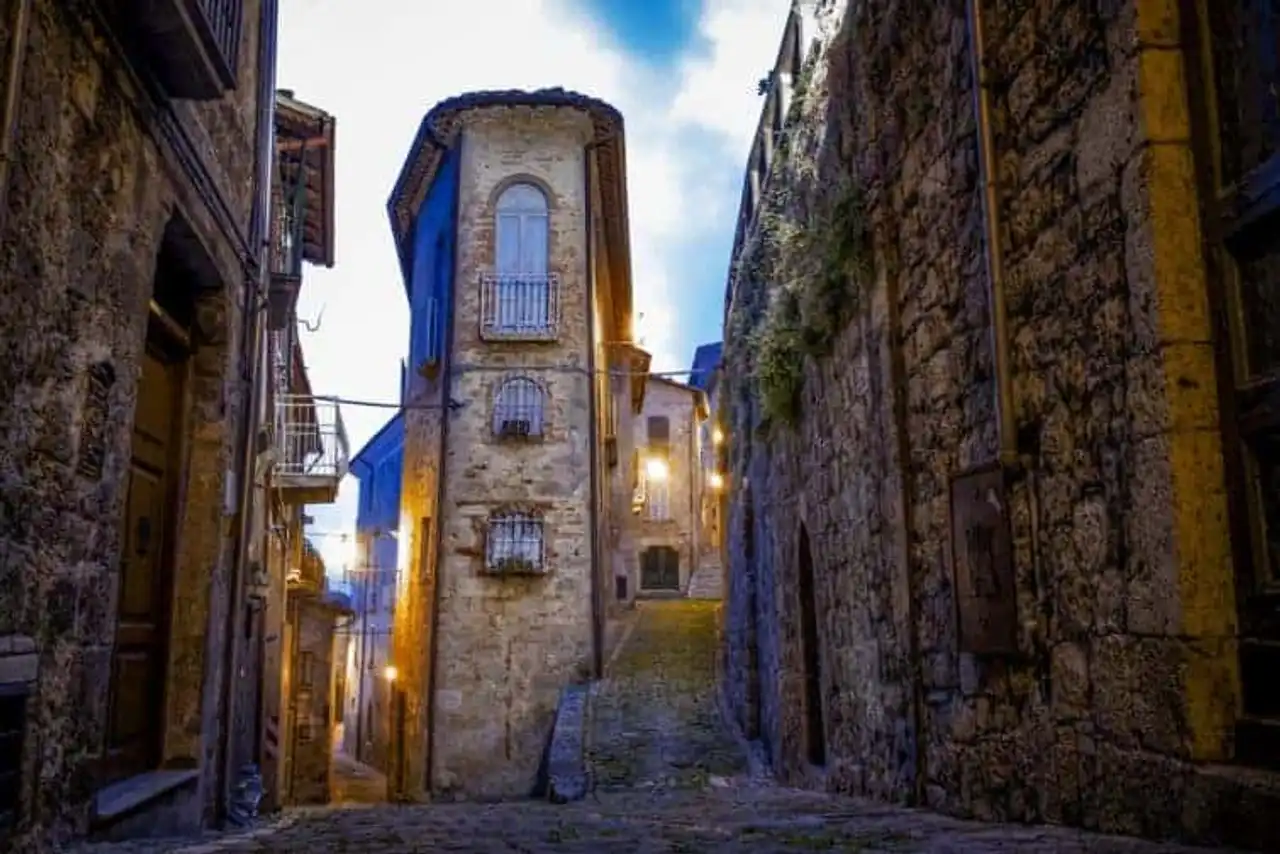
Photo credit: Shutterstock – Camillo Cinelli
The town of Civitella del Tronto is an eagle nestling village perched on a magnificent hill, 600 metres above sea level. At the top of the village is the fortress of the same name. It was 500 metres long and was the last bourbons to be destroyed. Restored since then, she was visited for her vast parade grounds, her bastions and her weapons museum. The panorama from the fortress is grandiose.
In the village, other medieval palaces, ancient streets and religious buildings are not to be missed. The surrounding nature offers some curiosities, such as limestone canyons or caves of San Michele Arcangelo.
How do I go to the Abruzzo?
From abroad
To get to Italy near the Abruzzo, you can take an international flight to the airport of Rome or Rome Pescara (also called) Abruzzo airport ).
Only a few European capitals offer direct flights to Pescara. The choice is obviously much more important for Rome. The best is to use a comparison of flights as Ulysses to study routes, flight times and rates.
From Rome
From Rome, there are several options available to you to reach the region:
- By car: highways A24, A25 and A14 will lead you to the Abruzzo region. The A14 runs along the Adriatic coast, making it a full trip.
- By train: the line Rome-Sulmona-Pescara is the most convenient to visit the Abruzzo.
Move in the Abruzzo
Within the region, other tourism lines explore the area. So, the Train des Parcs (Sulmona-Carpinon) , train from the Sangro valley , line Rome-l’Aquila serve the main tourist attractions.
Where to stay in the Abruzzo?
One of the great benefits to visit the Abruzzo is that you will not be invaded by a horde of tourists! It is a destination outside the beaten, uncommon trails.
Although the hotel offer is enriched every year, in the mountains, some hotels only open at certain times of the year. There is also a growing range of Airbnb and agrotourism structures, for example on the farm.
It is important to plan your accommodation in advance. A tip: take the time to choose and book your accommodation on a Compare hotels . So no surprise on the cost or closing times!
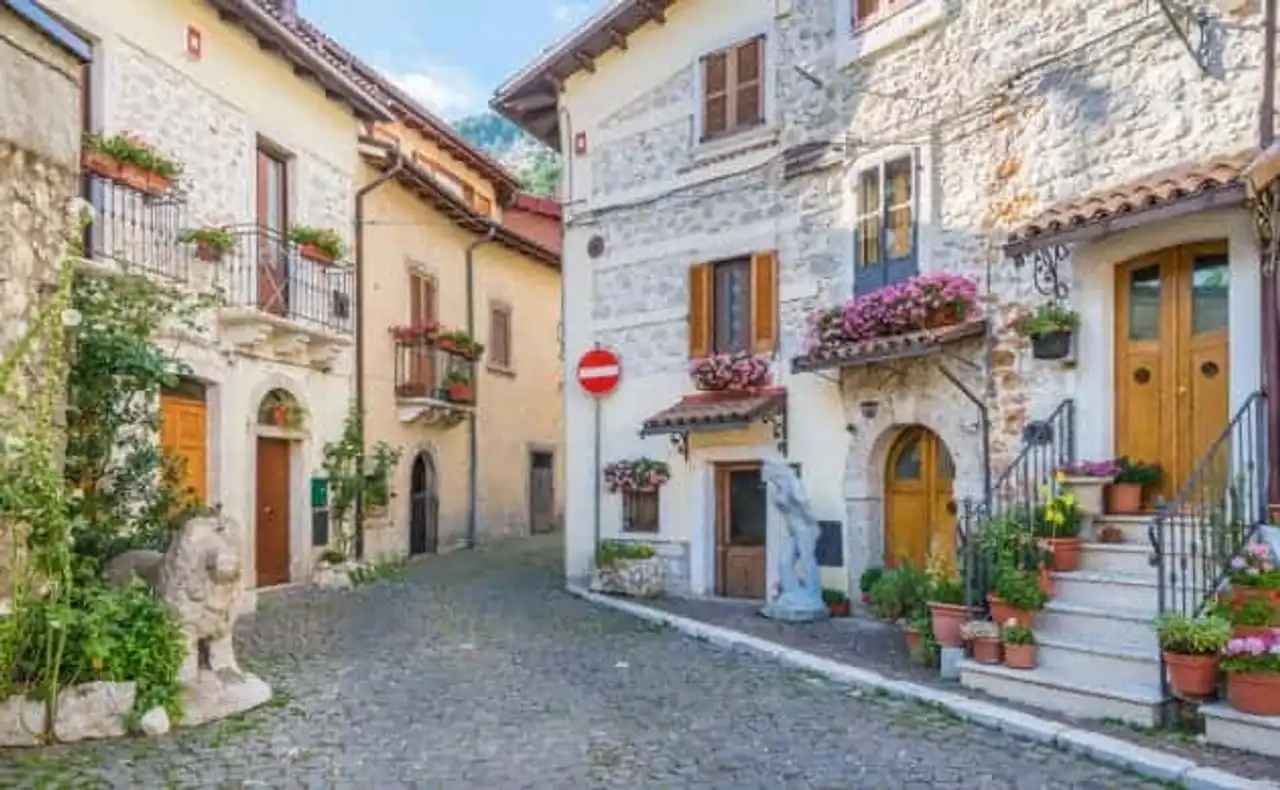




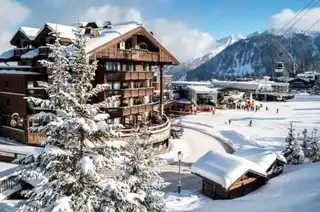
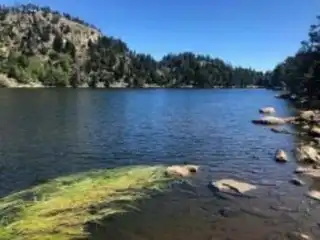
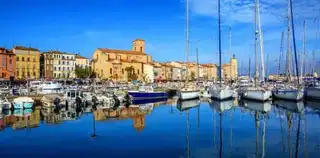
Loading comments ...